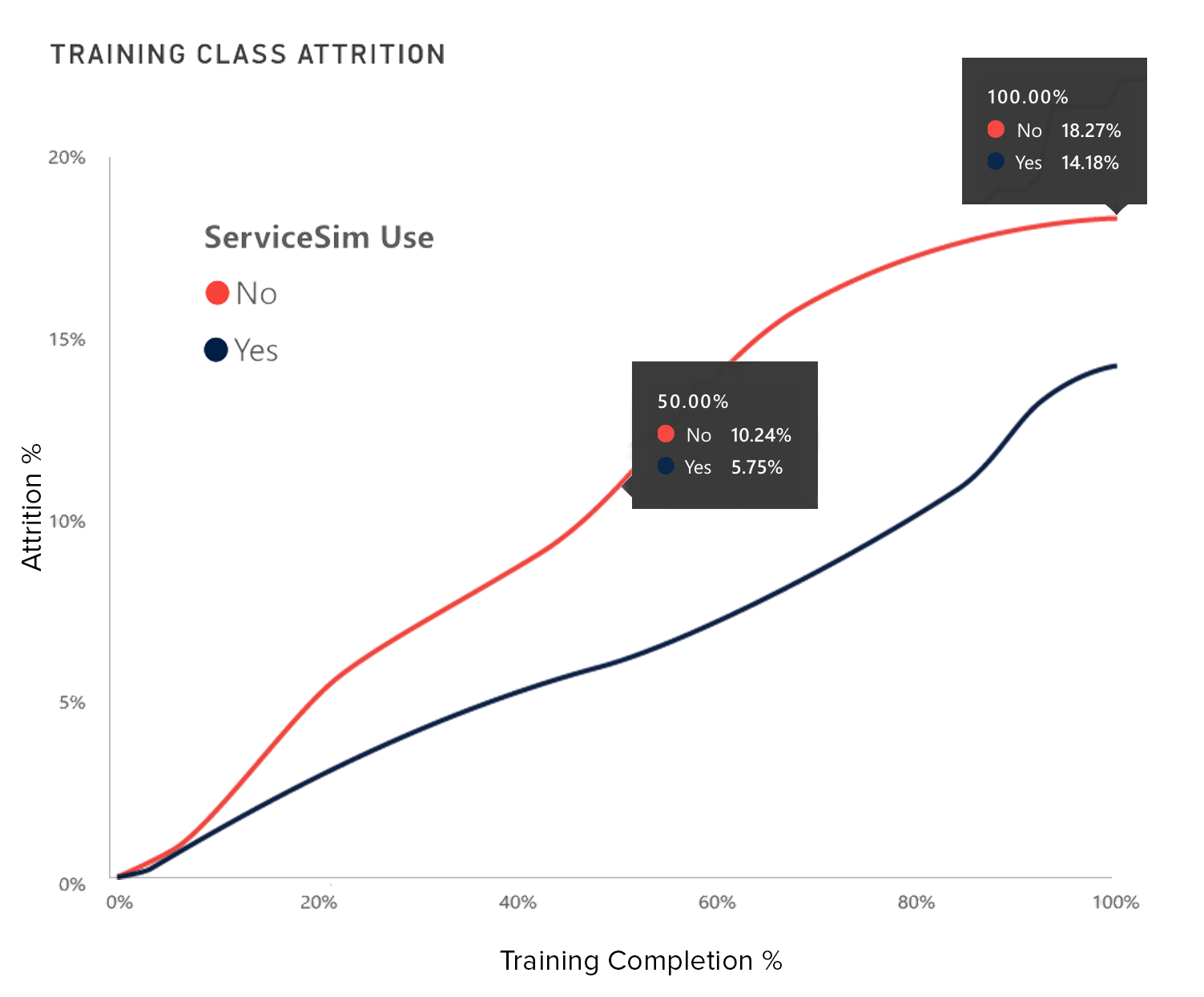Training is vital for the success of any contact center, ensuring that agents are well-equipped to handle a wide variety of customer interactions. But when it comes to classroom training, there is such a thing as too much of a good thing. As supervisors and executives responsible for investing in the right contact center technology and training programs, it’s essential to recognize when more training isn’t translating into better results. Overtraining can have hidden costs, impacting both agent performance and well-being.
The Paradox of Overtraining
Contact centers are demanding environments. Agents are expected to manage complex customer interactions, often under pressure. To prepare agents for this, companies frequently invest in extensive classroom training programs. While these sessions are intended to prepare agents thoroughly, an overemphasis on classroom learning can actually have the opposite effect.
The paradox of overtraining lies in the fact that more time spent in training doesn’t always equate to better preparedness. In fact, it can lead to overwhelmed agents who are less capable of handling real-world customer interactions. The result? Lower performance, reduced retention of critical information, and diminished confidence when the pressure of a live call hits.
Symptoms of Overtraining
How can you tell when your contact center’s training program has tipped from thorough to overwhelming? Here are some key signs:
Retention Rates Drop
Classroom training typically focuses on theoretical scenarios, policies, and procedures. While this information is critical, agents often struggle to retain it when it’s delivered in bulk, far removed from practical application. In these situations, agents may absorb the material during training, only to find that it fades when they’re faced with a real customer interaction. This is because without hands-on practice, theoretical knowledge isn’t reinforced, and agents can’t connect what they’ve learned to real-world scenarios.
Download Now: Your Roadmap to Successful AI Implementations in the Contact Center
Classroom Training Doesn’t Mirror Real-Life Interactions
No amount of classroom instruction can fully replicate the unpredictability and pressure of an actual customer conversation. Overloading agents with classroom hours gives them a false sense of preparedness, but the real world is far more dynamic. In a live setting, an agent needs to pivot quickly between issues, adjust their tone, and remain calm under pressure — skills that are difficult to teach in a classroom alone.
Agents Struggle Under High-Pressure Situations
The gap between the classroom and live customer interactions can make agents feel unprepared when they actually start working. No matter how well they performed in a controlled, theoretical setting, that sense of confidence can quickly dissolve when they face an upset customer, a complex problem, or the ticking clock of a high-volume queue. Overtraining in the classroom can leave agents knowing what to do in theory, but not knowing how to handle the stress that comes with customer conversations.
Alternative Approaches: Quality Over Quantity
If too much classroom training overwhelms agents and hinders performance, what’s the solution? The key is to shift from focusing on the quantity of training to the quality of training. Here are some alternative approaches to consider:
- Blended Learning for Maximum Effectiveness: Rather than relying heavily on classroom sessions, a blended approach to training can be much more effective. This involves combining shorter, more focused classroom instruction with hands-on, practical learning. Introducing role-playing sessions, live call simulations, or shadowing experienced agents can give trainees the real-life exposure they need, in addition to the theory.
- Microlearning: Bite-Sized Training for Better Retention: Microlearning breaks down training content into small, manageable segments that agents can absorb more easily. Instead of overwhelming agents with long sessions, microlearning enables them to focus on one concept or skill at a time, allowing for better retention and application of knowledge. These can be delivered in the form of short e-learning modules, videos, or quizzes that agents can access on-demand.
- Simulations and Real-Life Practice: Simulating real customer interactions in a controlled environment can build agents’ confidence and competence without the pressure of live calls. These simulations should mimic the complexities of actual customer issues as closely as possible, allowing agents to practice handling difficult scenarios. Coupled with immediate feedback, this method ensures that agents are learning not just in theory, but through real-world practice.
- Ongoing Support and Mentorship: Instead of front-loading all the information in the initial training, consider offering ongoing support. Pair new agents with mentors or supervisors who can provide feedback in real time, helping them to learn on the job. Regular coaching sessions allow agents to address their individual challenges and adjust their strategies before bad habits form.
Investing in contact center technology and training programs is critical, but more training hours don’t always translate into better outcomes. The key to developing high-performing agents lies in balancing focused, quality training with hands-on experience. By incorporating blended learning, microlearning, ongoing support, and practical simulations, you can streamline your training programs while maintaining high standards of performance.
As you evaluate and design your training programs, remember that in many cases, less is more. A more targeted, strategic approach to training will create agents who are not only knowledgeable but also confident and capable in handling the fast-paced, high-pressure demands of a contact center environment.
SUBSCRIBE FOR EMAIL UPDATES

